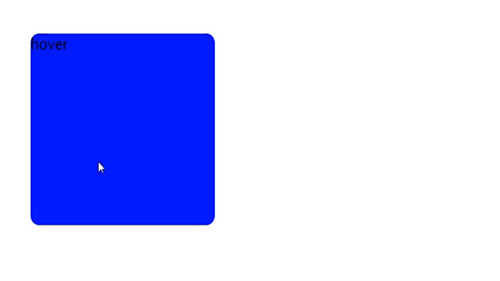CSS 可以实现许多效果,例如,水流动的效果。如果您想要给您的网站添加一些生动的有趣的效果,那么这篇文章将为您提供一个很好的开始。下面将介绍如何使用 CSS 实现水流动的效果。
.wave {
position: relative;
height: 60px; /* 水面高度,根据需求自行调整 */
width: 100%;
background-color: #0077be; /* 水的颜色 */
transform-origin: center bottom;
transform: skewY(-8deg);
}
.wave:before,.wave:after {
content: "";
position: absolute;
z-index: -1;
width: 2500px; /* 非常宽的波长 */
height: 60px; /* 水面高度,根据需求自行调整 */
bottom: -60px;
background-repeat: repeat-x;
}
.wave:before {
background-image: linear-gradient(to right,transparent 30%,rgba(255,255,.2) 40%,.4) 50%,.2) 60%,transparent 70%);
animation: wave 7s linear infinite;
}
.wave:after {
background-image: linear-gradient(to right,transparent 10%,.5) 20%,.2) 30%,.5) 40%,transparent 50%);
animation: wave2 10s linear infinite;
}
@keyframes wave {
0% {
background-position-x: 0;
}
100% {
background-position-x: -1250px; /* 取中间一半的宽度的位置,这样可以实现两个波之间的错位效果 */
}
}
@keyframes wave2 {
0% {
background-position-x: 0;
}
100% {
background-position-x: -2500px; /* 整个波长的位置 */
}
}

在上面的代码片段中,我们定义了一个 .wave 类,用于设置水的样式。我们还定义了 :before 和 :after 伪元素,用于创建两个波。我们使用背景图像和渐变来创建波形。通过动画,我们不断移动这些波形的背景位置来模拟水波流动的效果。
在我们的 HTML 中,我们只需要将水的容器放在适当的位置即可:
<div class="wave"></div>






